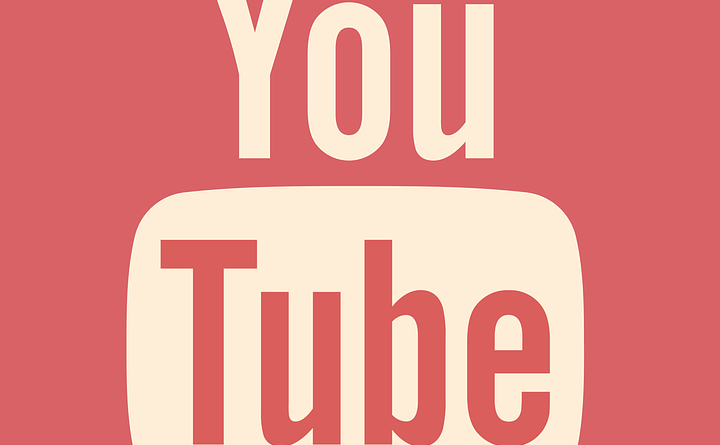YouTube is lowering the barrier to be eligible for its monetization program
YouTube is lowering the barrier to be eligible for its monetization program.Yes, it’s true that YouTube has made changes to its monetization program, lowering the eligibility requirements for content creators to earn money from their videos.
In order to participate in the YouTube Partner Program and monetize their content, creators now need to have 1,000 subscribers and 4,000 watch hours within the past 12 months. This is a reduction from the previous threshold of 10,000 lifetime views.
The decision to lower the barrier for eligibility is aimed at supporting smaller creators and providing them with more opportunities to generate income from their content. YouTube recognizes the importance of fostering a diverse community of creators and wants to ensure that aspiring creators have a chance to monetize their videos early on in their YouTube journey.
By reducing the eligibility requirements, YouTube hopes to encourage more creators to actively participate in the platform and continue producing high-quality content. This change allows creators to have access to various monetization features such as ads, channel memberships, Super Chat, and the YouTube Partner Program.
It’s important to note that while the eligibility requirements have been lowered, YouTube still maintains strict policies and guidelines regarding content quality, copyright infringement, and community guidelines.
Creators must adhere to these guidelines to maintain their eligibility for monetization and avoid any penalties or restrictions.
Overall, YouTube’s decision to lower the barrier to its monetization program demonstrates its commitment to supporting and nurturing a vibrant community of creators by providing them with more opportunities to earn revenue from their content.
The move to lower the eligibility requirements for YouTube’s monetization program has received mixed reactions from the creator community. On one hand, many small creators are pleased with the change, as it gives them a chance to start earning money from their content earlier in their YouTube journey.
It can be seen as a way to incentivize and motivate creators who may have previously felt discouraged by the high subscriber and watch hour thresholds.
On the other hand, some more established creators have expressed concerns about potential saturation of the platform with a flood of new creators aiming solely for monetization.
They worry that this could lead to increased competition and make it harder for their own content to stand out. However, YouTube has implemented measures to address these concerns, such as maintaining strict content policies and guidelines to ensure quality and compliance.
It’s worth noting that monetization on YouTube goes beyond just ad revenue. Creators can also earn money through sponsorships, brand partnerships, merchandise sales, and crowdfunding.
The lowered eligibility requirements open up opportunities for creators to attract sponsors and build their brand presence, even if they haven’t reached a large subscriber base.
YouTube continues to emphasize the importance of quality content and engagement within the creator community. While the lower eligibility requirements provide a pathway for monetization, creators still need to focus on producing engaging and original content to attract and retain viewers.
Building an active and loyal audience remains crucial for long-term success on the platform.
As with any platform changes, it may take some time to fully assess the impact of these lowered requirements.
However, YouTube’s intention to support and encourage creators of all sizes to monetize their content reflects the platform’s ongoing commitment to fostering a diverse and thriving creator ecosystem.



